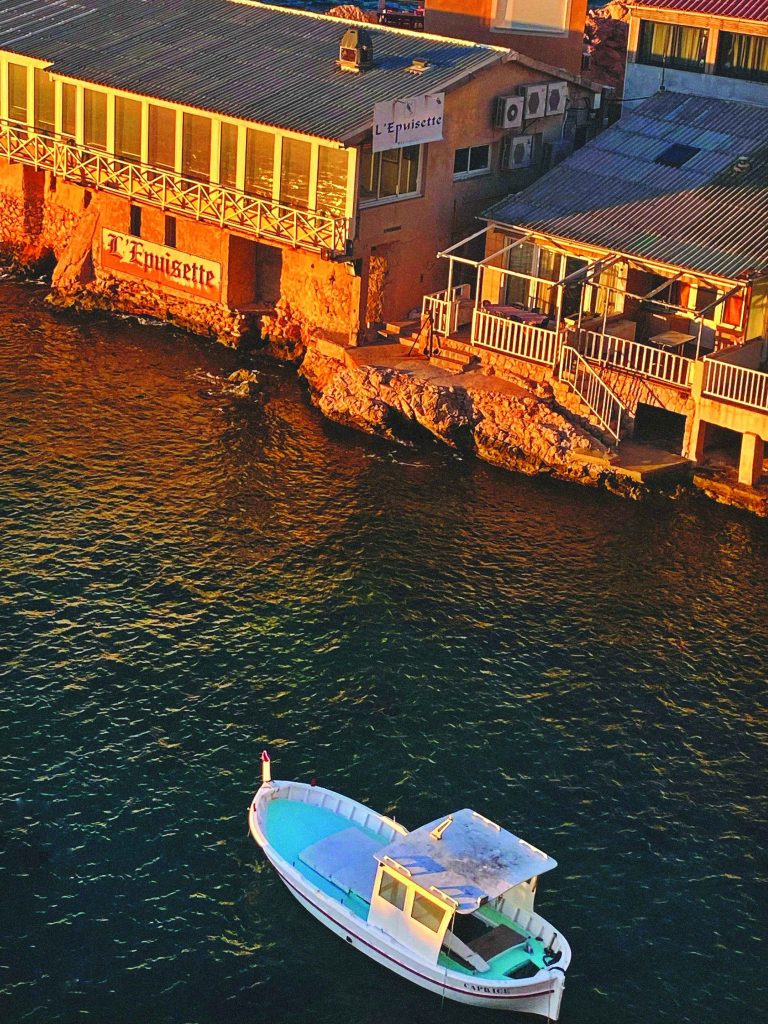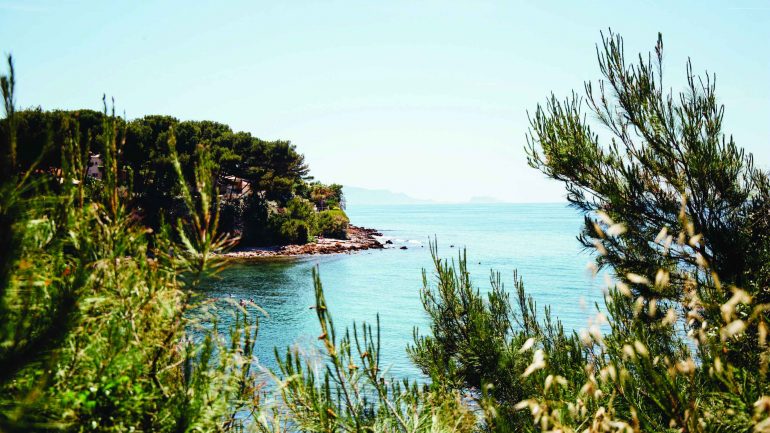Provence is a blessed land for gourmets, and among the most refined seafood delights is the bottarga, an essential delicacy.
Bottarga, originating from mullet roe, is a salted and dried specialty dating back to antiquity. Nowadays, it delights Mediterranean tables, from Turkey to Portugal, passing through Algeria and Greece, where it is sometimes used in tarama composition. Nicknamed the “caviar of the poor,” it is deeply rooted in regional culture.
The fishing of bottarga is closely regulated to protect mullet populations. From July to February, fishermen capture the fish during their migration from the Berre pond to the sea, using horizontal nets. Pregnant females are treated delicately to harvest their precious egg sacs without damaging them.

The bottarga manufacturing process is an ancient art. The egg sacs are delicately cleaned, then salted and dried in the sun. Their honeyed hue evolves into a rich amber color, which darkens over time. Like good wine, bottarga gains flavor over the months. It is enjoyed as an appetizer, with a glass of white wine from the Provence coast.
This unique tradition is perpetuated by rare artisans, such as Lucie and Frédéric Paez, owners of La Saveur des Calanques in Port-de-Bouc. They jealously preserve their ancestral know-how and secret recipe for this exceptional product.
Provence’s marine treasures are not limited to bottarga. Camargue oysters, caught responsibly and artisanally, are also a regional delicacy not to be missed. Meet Maria Nieves Castejon in Port-Saint-Louis-du-Rhône, a passionate shellfish farmer who preserves this local tradition with her natural oysters.
For lovers of fresh fish, the fish markets of La Ciotat, Cassis, Marseille, Carro, and Les Saintes-Maries-de-la-Mer are must-visit destinations. Every day, local fishermen offer a variety of Mediterranean fish: red mullet, scorpionfish, John Dory, and even monkfish.
In Provence, the sea offers an abundance of marine delights to savor, reflecting the cultural and gastronomic richness of this region.


